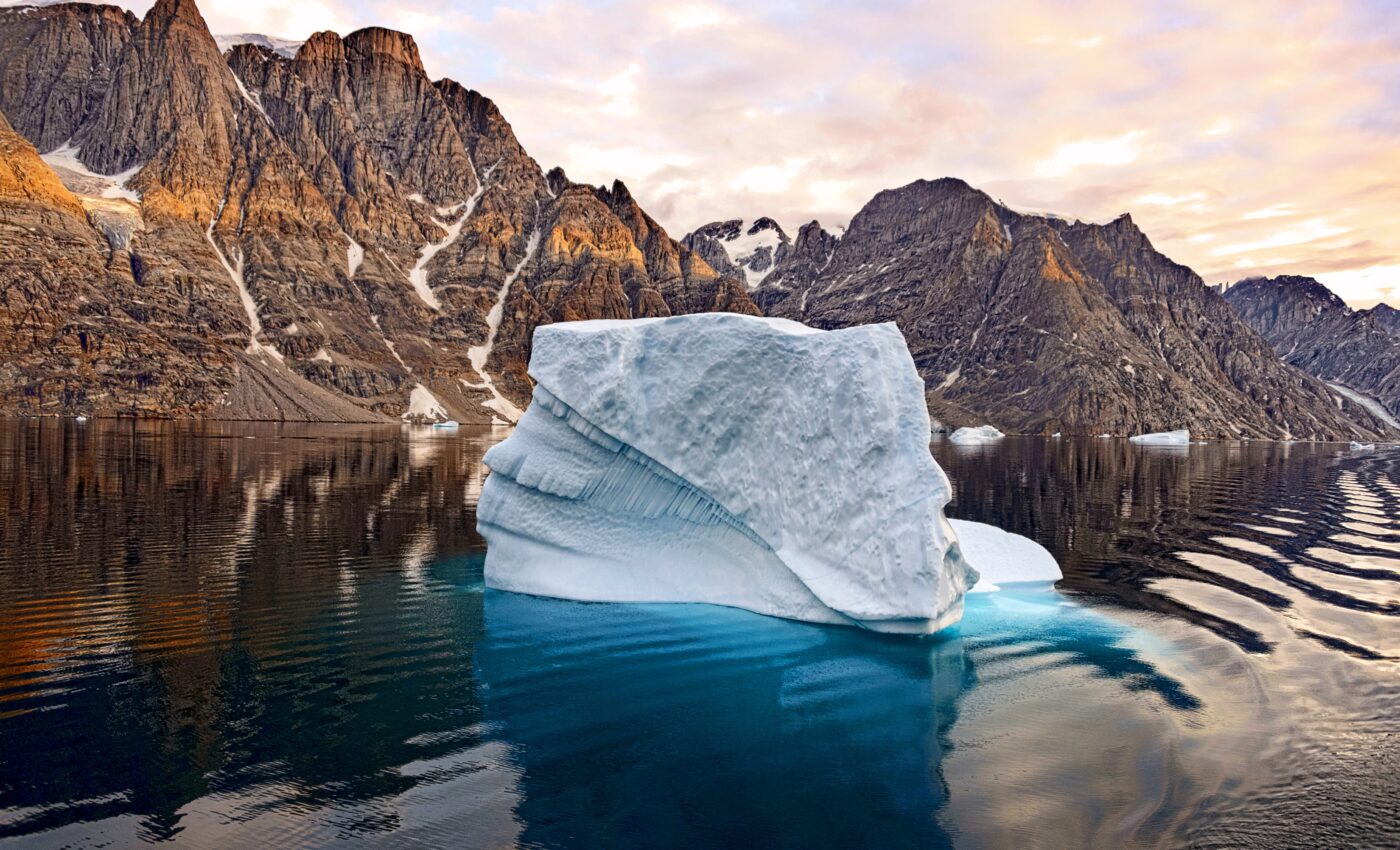
Greenland ice shelves have lost over 35 percent of their volume
A team of scientists led by the French National Centre for Scientific Research (CNRS) has revealed alarming findings about Greenland’s ice shelves. Since 1978, the largest floating ice shelves of the polar ice sheet have lost more than a third of their volume
According to the researchers, the primary factor driving this decline is an increase in ocean temperatures surrounding these ice shelves. As these temperatures rise, the floating extensions of the glaciers melt at an accelerated pace.
Stability of North Greenland glaciers
This discovery contradicts previous assumptions that the glaciers in North Greenland were stable. By contrast, other regions of the polar ice cap had already shown signs of weakening since the mid-1980s.
“The glaciers of North Greenland are hosting enough ice to raise sea level by 2.1 m, and have long been considered to be stable. This part of Greenland is buttressed by the last remaining ice shelves of the ice sheet,” wrote the study authors.
“Here, we show that since 1978, ice shelves in North Greenland have lost more than 35% of their total volume, three of them collapsing completely.”
“For the floating ice shelves that remain we observe a widespread increase in ice shelf mass losses, that are dominated by enhanced basal melting rates.”
Natural barriers
North Greenland’s ice shelves serve a critical function in the regulation of ice flow into the ocean. These massive ice structures act as natural dams, slowing down the rate at which ice is discharged into the sea.
“Despite their fundamental buttressing role, there is to date no comprehensive overview of these ice shelves evolution, which hampers our ability to understand the processes leading to their weakening and collapse, and their relation with glacier mass changes,” noted the study authors.
“It is thus extremely important to define the timing and drivers of historical and current changes of ice shelves, as well as glacier response, in order to better predict the contribution of Greenland to sea level rise.”
Greenland’s contribution
Greenland’s contribution to rising sea levels is already significant, accounting for 17 percent of the increase. The deterioration of these natural barriers signifies a potential for a more rapid release of ice into the ocean, which could drive further increases in sea levels.
“The Greenland ice sheet has contributed 17.3% of the observed rise in sea level in the period 2006–2018, and has thus become the second largest contributor after ocean thermal expansion,” wrote the researchers.
How the study was conducted
The research was focused on surveys of eight ice shelves in North Greenland. To study the evolution of these ice shelves, the research team used a combination of field observations, aerial photography, and satellite data, all of which were then analyzed within the context of regional climate models.
This comprehensive approach has allowed for a more detailed understanding of the changes affecting Greenland’s ice shelves.
Study implications
The findings serve as a stark reminder of the ongoing impacts of climate change on polar ice structures, which have been under constant surveillance due to their influence on global sea levels and climate patterns.
With the integrity of Greenland’s ice shelves in question, the potential for accelerated sea-level rise poses an increased risk to coastal communities worldwide.
“These glaciers are showing a direct dynamical response to ice shelf changes with retreating grounding lines and increased ice discharge,” wrote the study authors.
“These results suggest that, under future projections of ocean thermal forcing, basal melting rates will continue to rise or remain at high level, which may have dramatic consequences for the stability of Greenlandic glaciers.”
The study is published in the journal Nature Communications.
Like what you read? Subscribe to our newsletter for engaging articles, exclusive content, and the latest updates.
—-
Check us out on EarthSnap, a free app brought to you by Eric Ralls and Earth.com.













